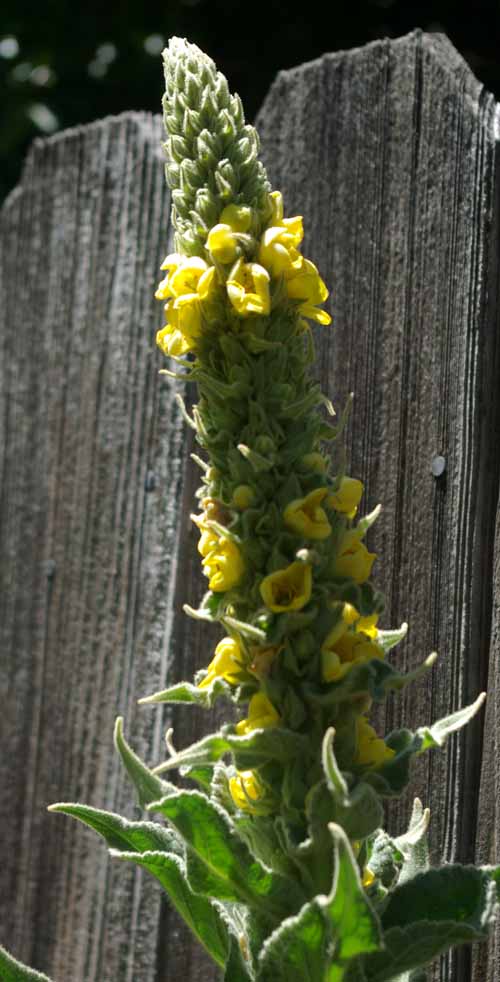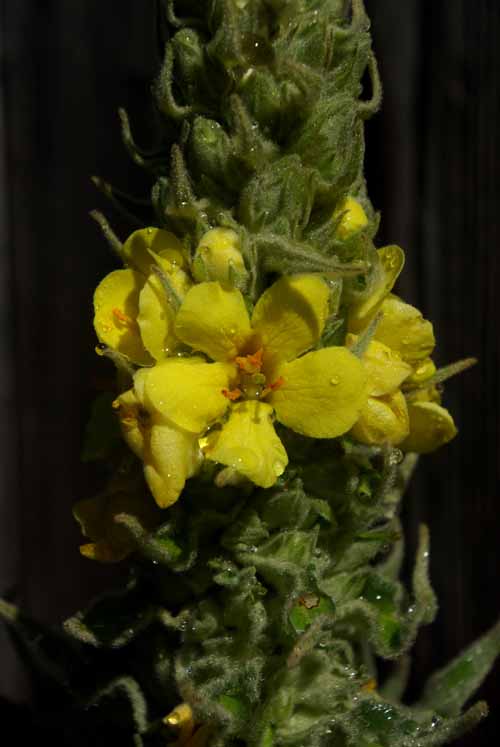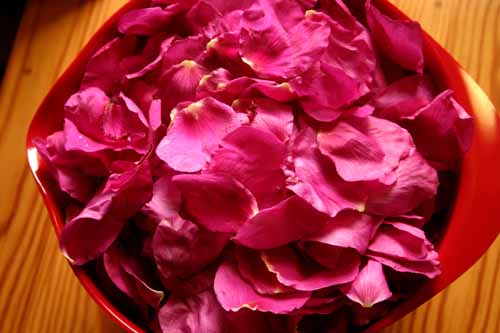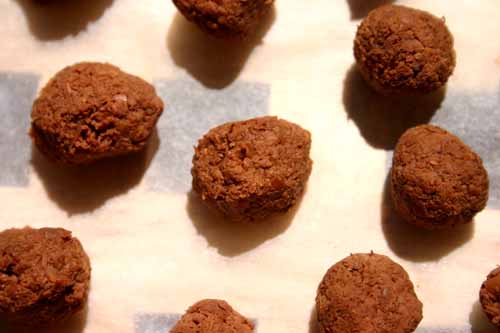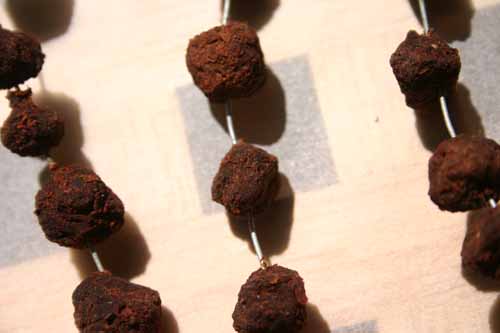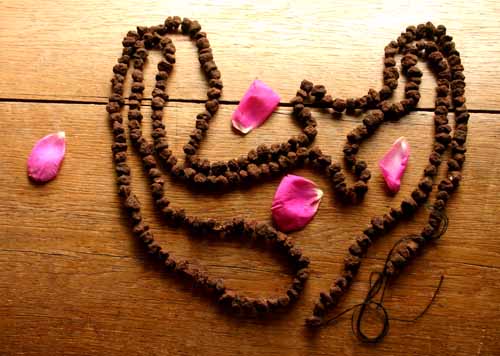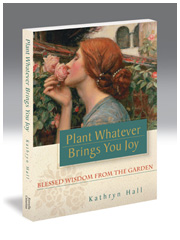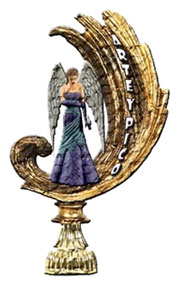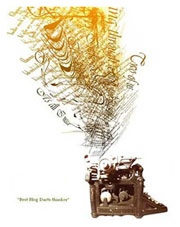
Once upon a time there was a wee small kitten wandering the vineyards of a very small village in the rugged county of Mendocino. The village had once been home to a tribe of Native American Pomo Indians. But that was long ago and now the village was on the decline, a place where people passed through merely to get to the next town, or the next. There were no welcoming facilities for lost or homeless kittens, very especially not for those who were falling through the friendly cracks of civilization, headed for a life of feral existence. Oh, no. As fate would have it a young couple noticed the kitten and had the decency (or perhaps they were annoyed by her presence) to take it to a neighboring town a few miles up the road, where she was locked in a large room dedicated to large cats with wicked tempers and glaring eyes, destined only for barn catdom, such as it is. The wispy woman in charge of this lot of felines perhaps noticed the frailty of the little kitten, who had not yet progressed to the point of no return on the Road to a Feral Life, and moved her to a second room, a room where those felines had a slim chance of making it back to a family life and a warm heart. And as Destiny would have it, the small critter, maybe only because she was very cute, and very small, and seemingly so innocent, was moved from there to a third room called The Adoption Room. People came and went week after week, however, and paid the little thing no mind at all. Not at all.
One day a sprightly woman with cornsilk hair entered The Adoption Room, where only four other inhabitants lived, if truth be told. A large black cat with grape green eyes, rather foreboding. The teeniest of black kittens spitting fearfully at all who approached. And a very large ginger cat who was content to be left to herself, thank you very much. The woman who entered smelled of roses and lavender and spotted the wee kitten crouched quietly in the back corner of her metal cage, making herself very small and quiet, without losing presence. Indeed, the woman took one look at the kitten and a spark flew between the two Earthly beings. Oh, the teeniest of sparks, but undeniable, nevertheless.
“May I see that kitten?” the woman said. A young girl kindly pulled the kitten from its safe corner and placed her on the ground. Snap.
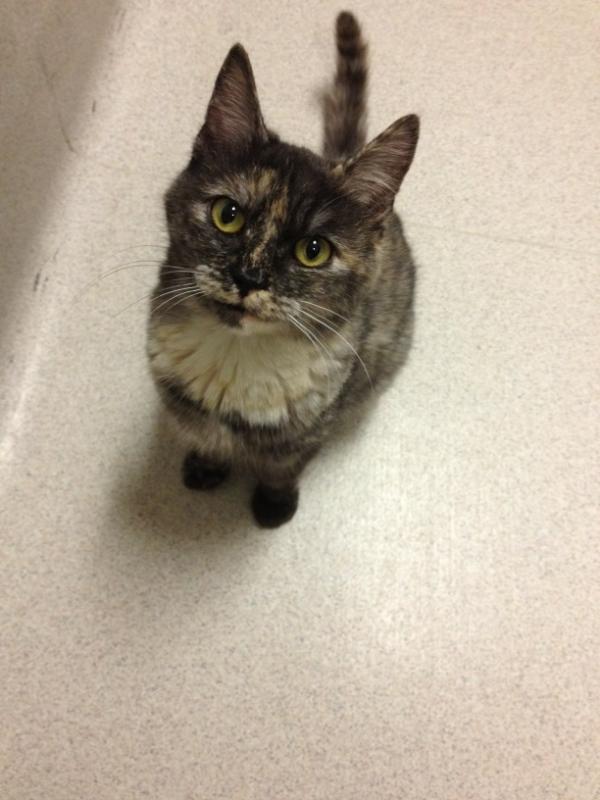
“Well, hello there!” The woman slowly bent down to touch the kitten, and the kitten met her touch with a harsh clawing.
“Ouch.”
The woman rather abandoned the idea of the kitten who scratched, but returned to her home and that night in the dead of her sleep her eyes opened and a voice inside her said, “Her name is Coco.” Drawing herself awake she laughed to herself. “Oh, dear. I’m naming that cat.” What does that mean?
What it meant was that she returned to the shelter and within another day she was writing a cheque and filling out paperwork for a cat she was, in all honesty, afraid to pick up. Yet her heart and spirit told her this kitty was hers, and meant to be with her in this lifetime. And that was what she honored.
However, not all gifts and blessings are straightforward. Not at all. Some paths require detours. And effort. And so it was with Coco and her new friend. For the woman had it in mind, and rightly so, that it would be both wise and kind to visit the kitten as often as she could afford, to allow them to begin to bond and to know each other, as they awaited a needed spaying to take place. She brought tiny bits of “wet food” from home, the kind the kitten would soon be eating, she thought. And she brought a blanket. And a small toy. And a comb to comb her. And as questions arose she asked the people who worked there about her. Might she have mites? How long had she been there? Did she have her shots, yet? These were good questions. And yet they were met with increasing resistance, until, upon asking the most dreaded question–might she have a bath prior to surgery?–when it became clear that the people who were charged with the care of the (mostly feral) animals, were themselves now slightly feral and they descended on the loving woman and sent her out the door without her beloved new charge. And she was heartbroken.
“You become like what you contemplate.” ~Anonymous
As it had not been long since the tender-hearted woman had lost another beloved cat, she found herself weeping a torrent of tears until she at last picked up the phone and asked her vet for help. “Do you need grief counseling?” Apparently she did. So she listened to the kindest of nurses, a woman named Michael, who told her to do two things. And she did. She got immediately into her car and drove north into the country to a second shelter about which she had known nothing and walked among cage after cage of well adjusted cats, mature cats who had lived there for years. “It feels like a cat monastery,” she told herself. But the cat in her heart was not among these contented beings. No. She was stuck in a tiny steel cage, now missing the woman who had shown her kindness, the first she’d ever seen.
What to do?
The second instruction was to call a woman whose life was devoted to rescuing cats.
“If you want to rescue a cat, call a cat rescuer.” ~Kathryn Hall, in retrospect
The Cat Rescuer listened to the strange story of the little kitten, and found herself agreeing it would be very strange, indeed, to deny the little kitten a loving home simply because an abundance of love and care had been shown her. Where is the wisdom in that?
“Enthusiam is not always well received.” ~Nurse Michael
Blessedly, a plan was hatched that evening during that fateful phonecall. And the Cat Rescuer, whose entire life was devoted to saving cats, offered to have the little homeless kitten, little Coco, released into her care, whereupon she would be delivered into the safe hands of Nurse Michael and her staff. And so it happened.
Imagine the flaxen woman’s happiness when she received a phone call from her vet saying, “Coco is here and we are giving her a bath!”
Two days later little Coco was taken home to her forever home and she was given her own room in which to adjust, for her new life included two well meaning Border Collies and a Siamese cat named Sweet Pea, who was, in actuality, an old lady and not inclined readily to accept a new cat in her home. Oh, well.
Love and kitty blessings,
Kathryn xoxo
Book News: The biggest news to date is simply that I at last can be found on Facebook at www.facebook.com/TheKathrynHall Please let me know if I might friend you!
Posted on June 19th, 2012 by Kathryn
Filed under: Animals | 7 Comments »



